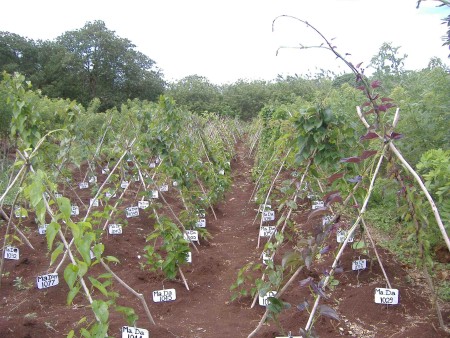Last year was a big one for the International Livestock Research Institute, marking as it did its 40th anniversary. There was a whole series of events, the results of which were summarized last week by Nadine Sanginga, the ILRI@40 Coordinator, in an email to stakeholders.
At each event, we asked participants to comment on two questions: Looking to 2054, what are the two most critical livestock-related challenges we must answer through research? What is the most promising ‘best bet’ opportunity we should invest in to achieve better lives though livestock by 2054?
You can see what they had to say nicely pulled together in a Powerpoint. Securing livestock genetic diversity featured as a challenge, as did developing sustainable feeds and forages, which will depend on likewise securing forage genetic diversity. Some interesting stuff among the “best bets” too, such as paying more attention to insects and to multi-purpose crops (grain and forage). Plenty of work there for ILRI’s forage genebank, as well as for its animal genetic resources conservation people.
